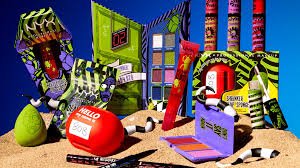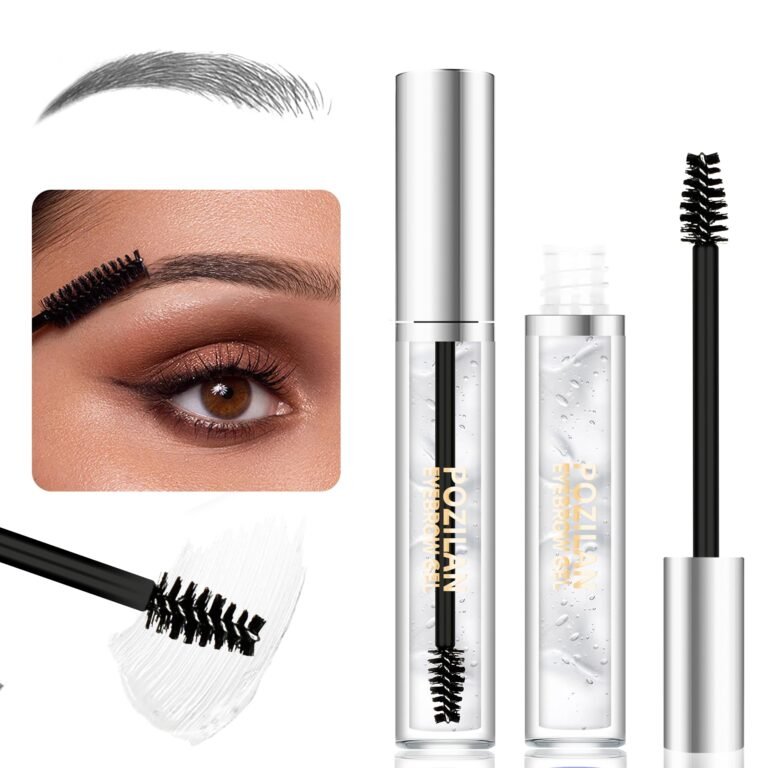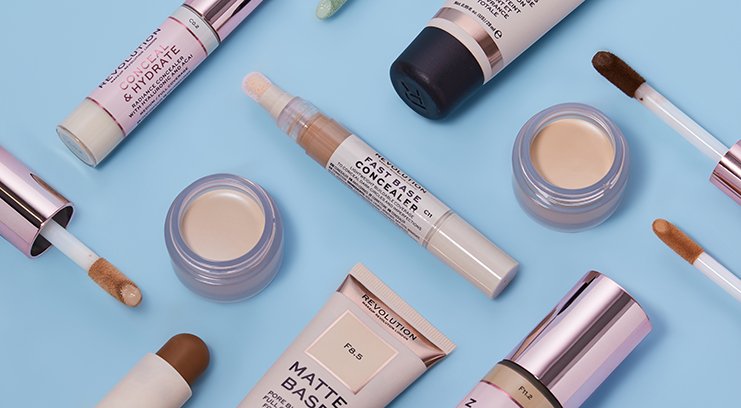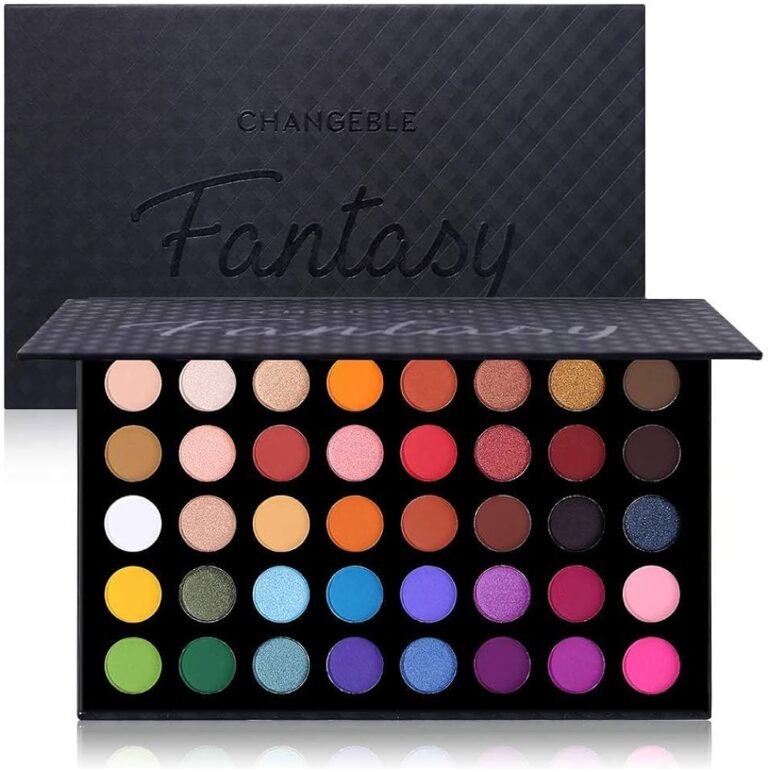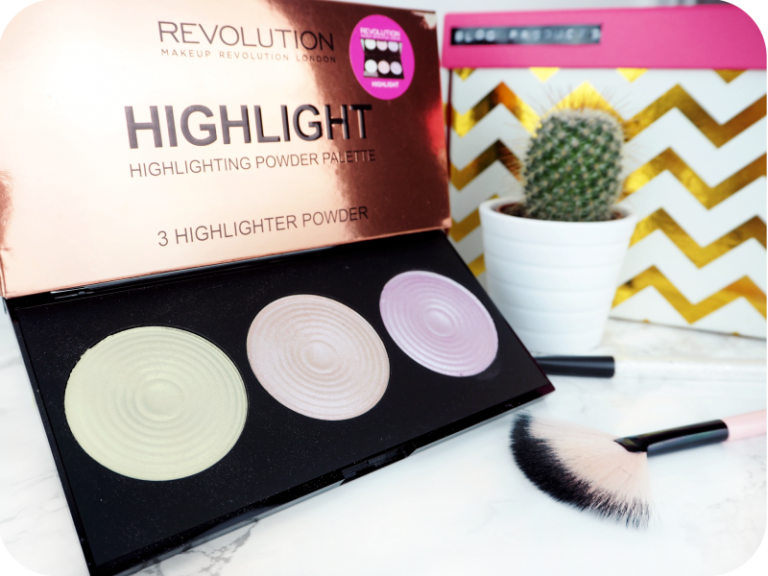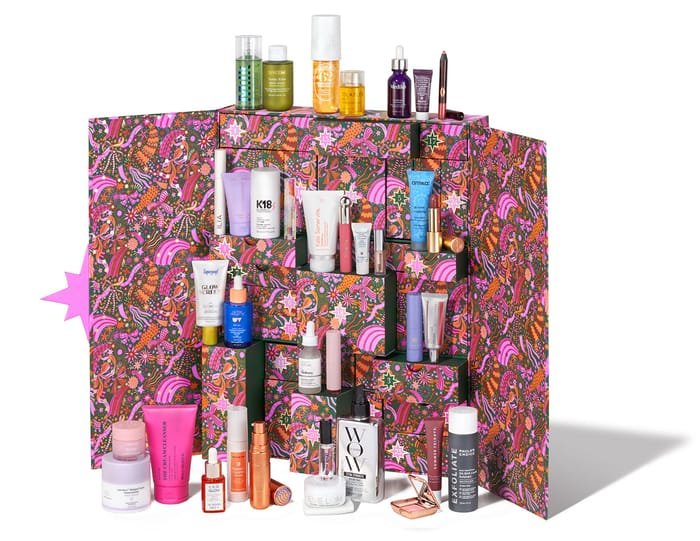Beetlejuice Makeup: A Deep Dive into the Iconic Look
Introduction
“Beetlejuice” is a 1988 cult-classic movie directed by Tim Burton, known for its eccentric characters, dark humor, and striking visual aesthetics. One of the most memorable aspects of the film is the character of Beetlejuice himself, portrayed by Michael Keaton. His makeup design has become iconic in popular culture and is a key factor in defining the character’s grotesque, yet strangely endearing look.
Thank you for reading this post, don't forget to subscribe!This article will explore the Beetlejuice makeup in detail, breaking down its creation, the techniques behind it, and its lasting impact on the world of makeup artistry and pop culture.
The Iconic Beetlejuice Look
Beetlejuice’s makeup is a combination of various elements that make it unique and instantly recognizable. The character’s skin, eyes, hair, and attire are all essential components that together create the eccentric persona.
1. Skin: Pale and Sickly
Beetlejuice’s skin is one of the first things that draws attention. It’s a sickly pale color with hints of green and yellow, which gives him a decayed, almost zombie-like appearance. The makeup artists used special foundation to create this effect, using shades of white and yellow to achieve an unnatural, unhealthy hue.
- Base Makeup: The base layer of Beetlejuice’s skin tone is a pale white foundation, which is often combined with green or yellow tints to achieve that sickly complexion. A matte finish is used to avoid any shine, enhancing the dead look.
- Skin Texture: The texture of Beetlejuice’s skin also plays a crucial role. To create an uneven, old look, makeup artists often use sponges to apply the makeup unevenly, making it look as though his skin is weathered and worn.
2. Eyes: Dark and Hollow
Beetlejuice’s eyes are another standout feature. His eye makeup is bold and exaggerated, with a heavy application of black eyeliner and shadow. The whites of his eyes are often yellowish or veined to give them a more disturbing, unhealthy look.
- Lenses: To add to the otherworldly nature of the character, Beetlejuice’s eyes are often enhanced with colored contact lenses that make his eyes appear more intense. They may have an eerie glow or be entirely white, further enhancing the sense of unease.
3. Hair: Wild and Messy
Beetlejuice’s hair is intentionally wild, untamed, and unkempt. His hair is usually depicted as a combination of grayish white, black, and sometimes green hues, giving him an almost cartoonish appearance.
- Texture and Style: The messy, voluminous hair is a key component of Beetlejuice’s personality. It’s often teased and sprayed into wild shapes to give it a chaotic, unpredictable texture. The hair is styled to look as though it has been unwashed for days, further contributing to the character’s grotesque appeal.
Behind the Scenes: The Creation of Beetlejuice Makeup
Creating Beetlejuice’s makeup was a collaborative effort between the film’s director, Tim Burton, and the skilled makeup artists tasked with bringing this eccentric character to life. The makeup design went through several iterations before settling on the iconic look that we see today.
1. The Makeup Team
The makeup team was headed by renowned makeup artist Ve Neill, who was instrumental in creating many iconic looks for films during the 1980s and 1990s. Ve Neill, along with her team, took on the challenge of designing a look that would make Beetlejuice instantly memorable, yet still fit within the quirky, surreal world that Burton had envisioned for the film.
2. Prosthetics and Special Effects
While the makeup team worked on the face and skin tones, additional prosthetics and special effects were used to add depth and texture to Beetlejuice’s appearance. Prosthetic scars and warts were applied to create the appearance of decaying flesh, while the character’s exaggerated features, like his large forehead and sharp chin, were achieved through latex prosthetics.
- Latex Prosthetics: Beetlejuice’s exaggerated facial features were created with latex prosthetics. These prosthetics were applied directly to Michael Keaton’s face, creating the illusion of a misshapen, almost comically grotesque figure.
- Paints and Pigments: Special face paints and pigments were applied over the latex to achieve the mottled, sickly skin texture. The character’s unique color palette was carefully chosen to highlight the contrasts between pale and sickly tones, enhancing the macabre look.
3. Trial and Error
Before settling on the final design, several test runs were done to refine the look of Beetlejuice. The character’s makeup had to be both dramatic and functional, as it needed to withstand long hours on set under hot lighting and intense action scenes. Many different designs were tested, with some iterations being more outlandish and exaggerated before finally finding a balance between outlandishness and realism.
Techniques Used in Creating Beetlejuice Makeup
The creation of Beetlejuice’s makeup was a complex process that required the use of several techniques, tools, and materials. Below is a detailed look at the methods employed to achieve Beetlejuice’s striking appearance.
1. Layering and Blending
One of the key techniques used in Beetlejuice’s makeup is layering. The makeup artists used multiple layers of foundation, face paint, and pigment to build up Beetlejuice’s complex appearance.
- Layering Foundation: A base layer of white foundation was applied first, followed by additional layers of color to create the yellowish-green tint. These layers were blended to achieve a smooth yet uneven skin tone.
- Textured Detailing: After the base foundation, artists used sponges, stippling brushes, and even their hands to add texture and depth. This uneven application helped to achieve the distressed, weathered look of Beetlejuice’s skin.
2. Use of Airbrush Techniques
Airbrushing was another critical technique used to create Beetlejuice’s skin and hair effects. Airbrushing allows for a smooth, even distribution of color and is essential when applying the thin, delicate layers of color that define Beetlejuice’s appearance.
- Airbrushed Skin: Airbrushes were used to apply a layer of color to Beetlejuice’s face, helping to achieve the smooth, otherworldly finish. This technique also helped blend the various shades of green and yellow to achieve the desired skin effect.
- Airbrushed Hair: Airbrush techniques were also used to apply streaks of green, black, and gray throughout Beetlejuice’s hair, contributing to the disheveled, messy look.
3. Special Effects and Makeup Appliances
To bring Beetlejuice’s character to life, special makeup appliances were used, such as latex prosthetics and false teeth. These elements gave Beetlejuice his exaggerated features and helped to enhance his grotesque appearance.
- Latex Prosthetics: Prosthetics were used to create exaggerated facial features, including his large forehead, sharp cheekbones, and pointed chin. The latex was molded and applied to the actor’s face, then blended seamlessly with the surrounding skin.
- Fake Teeth: Beetlejuice’s teeth were an important part of his overall look. His teeth were oversized and jagged, giving him a disheveled, almost animalistic appearance. Special prosthetic teeth were created to fit Keaton’s mouth and were often enhanced with makeup to achieve a grungy, yellowed look.
The Impact of Beetlejuice’s Makeup on Pop Culture
Beetlejuice’s makeup has transcended the movie and become a cultural symbol in itself. It’s one of those rare looks that is immediately identifiable and has been referenced in various media, Halloween costumes, and other forms of art.
1. Halloween and Cosplay
The Beetlejuice look has become a popular choice for Halloween costumes and cosplay. The makeup techniques used to create Beetlejuice’s distinctive appearance have been adopted by makeup artists and enthusiasts around the world, and the character continues to be a go-to costume for fans.
- DIY Makeup: Many fans try to replicate Beetlejuice’s makeup for Halloween, using commercial makeup kits or creating their own versions with face paint and prosthetics. Tutorials on how to achieve the Beetlejuice look are widely available online, making it accessible for anyone looking to recreate this iconic character.
2. Influence on Other Media
Beetlejuice’s makeup has had a lasting influence on other media, from film to television and comics. The character’s grotesque yet comical appearance has inspired other characters with similarly eccentric looks, and Beetlejuice’s makeup design is often cited as one of the most creative and memorable character designs in film history.
- Tim Burton’s Signature Style: The makeup of Beetlejuice is very much in line with Tim Burton’s aesthetic, characterized by exaggerated features, eccentric styling, and a mix of macabre and whimsical elements. This style has since appeared in many other Burton films, such as Edward Scissorhands and The Nightmare Before Christmas.
3. Beetlejuice as an Icon
Beetlejuice himself has become an iconic figure, with his makeup playing a central role in his overall character. The character is frequently referenced in pop culture, from being a Halloween favorite to appearing in advertisements, shows, and even commercials.
- Memorable Catchphrases: The phrase “It’s showtime!” and Beetlejuice’s outlandish behavior have made him a favorite among fans, and his unique appearance adds to his appeal.
Conclusion
The makeup of Beetlejuice is not just about creating a grotesque, eccentric look; it’s about establishing a visual identity that perfectly complements the character’s outlandish personality. Through layers of makeup, prosthetics, and special effects, Beetlejuice’s makeup was carefully crafted to embody the spirit of the film and contribute to its unique visual style. Beetlejuice remains one of the most iconic characters in film, and his makeup continues to inspire artists and fans alike.
